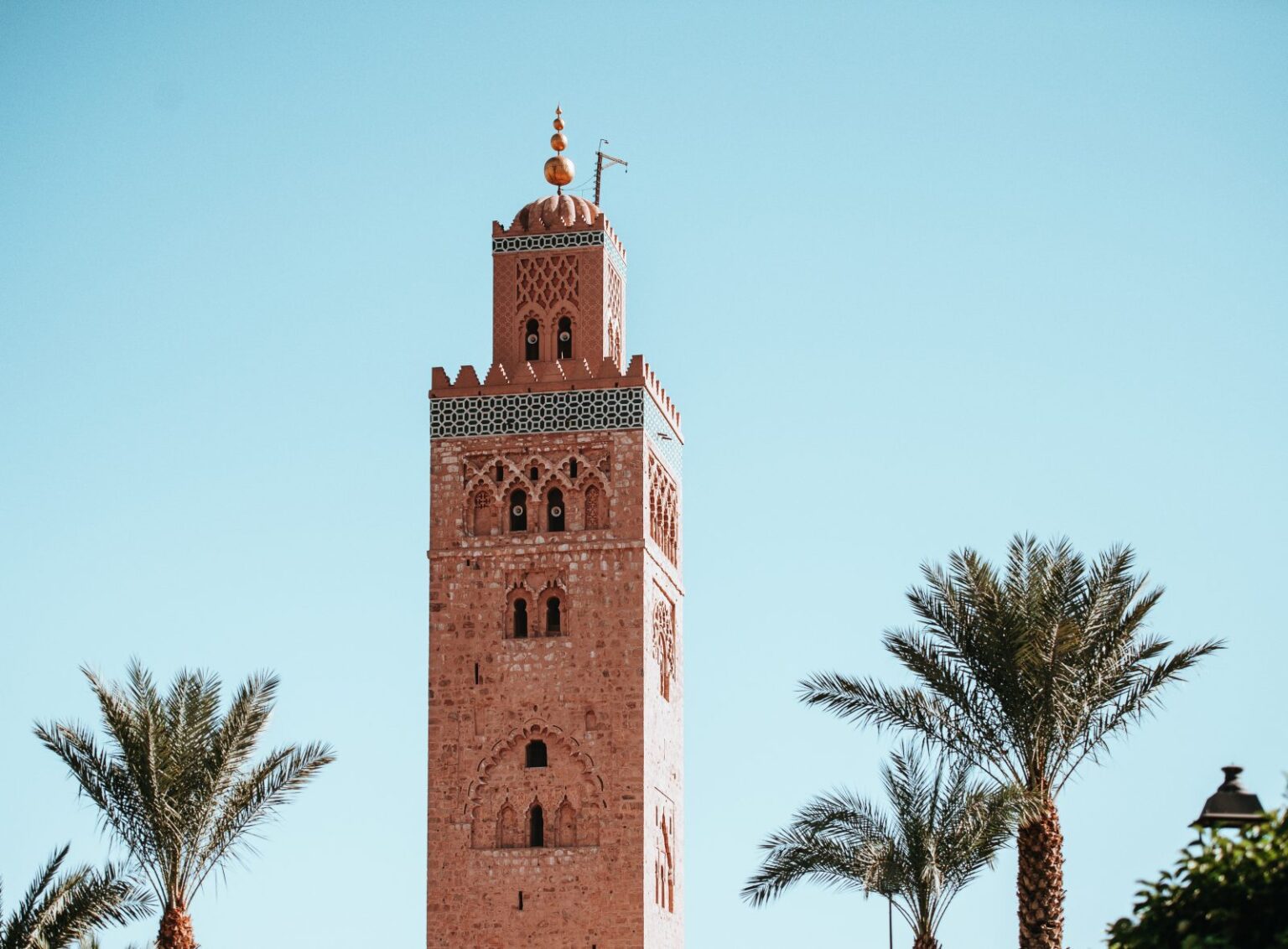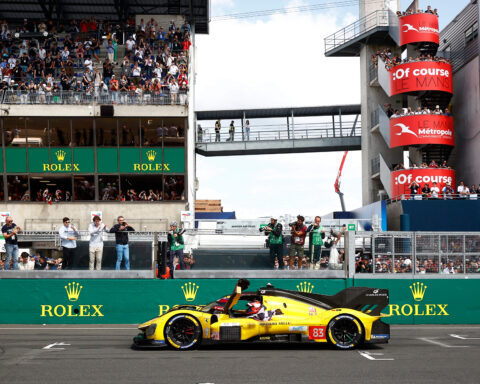Cracked but not collapsed: that could be the motto of the Koutoubia, the thousand-year-old mosque miraculously rescued from the earthquake measuring 6.8 on the Richter scale that struck the Marrakech region on the night of September 8-9.
Although Marrakech was partially destroyed, the imperial city was relatively unscathed. The same cannot be said of the Atlas villages, as the epicenter was identified in the province of Al-Haouz by the Rabat-based Centre national de la recherche scientifique et technique (CNRST).
The natural disaster killed at least 2,800 people in the country, injured 2,500 and destroyed or damaged many traditional dwellings and historic sites.
A monument turned symbol of resilience
On September 9, the day after the disaster, Eric Falt, Regional Director of UNESCO’s Maghreb Office, visited the Medina – the largest in North Africa, covering 700 hectares – to see the extent of the damage. In his statement, he insisted that priority must be given to saving human lives. However, he did not neglect the second phase, which consists of rebuilding schools and cultural assets.
Located 72 kilometers southwest of the epicenter, Marrakech, the country’s economic and tourist heartland (2 million tourists a year), remains the major city closest to the quake’s point of impact.
Amidst the rubble, a building withstood the violent tremors caused by an earthquake measuring 6.8 on the Richter scale. The tremors were felt as far away as the nearby cities of Rabat, Casablanca, Agadir and Essaouira.
The Koutoubia, a monument in the heart of the Medina district, is a cultural and religious symbol for Muslims and Marrakchis alike, as well as an intangible urban landmark for getting around the “red city”.
Its minaret, a 77-metre-high 12th-century tower built by the Almohad dynasty, may have swayed, but it has remained standing.
The building – a veritable model of a mosque in the Muslim world – is known for its geometric decoration, spire and metal orb.
This jewel of Islamic architecture, overlooking the Place Jemaa el-Fna, is at once an emblem of the city, a place of worship – the five daily prayers emanate from its precincts – and, what’s more, a national monument that features on the Kingdom’s banknotes.
Its fame is such that it is said to have served as an architectural model for the Giralda in Seville and the Hassan Tower in Rabat.
Nevertheless, it bears the scars of a traumatic episode for the inhabitants of Marrakech, at the height of the tourist season.
As the Regional Director of UNESCO’s Office for the Mahgreb explained to the local newspaper Le Matin, “We have seen major cracks in the minaret of the Koutoubia, the most emblematic structure, as well as the almost complete destruction of the minaret in Place Jama El Fnaa.” He adds that while the city’s ramparts have also been affected, the old Jewish quarter of Mellah remains “obviously the most affected [insofar] as the destruction of old houses is the most spectacular.”
Marrakech, affected but relatively unscathed
Although the international press has described the city as “partly in ruins”, it is important to qualify this statement.
While the old Medina district was particularly hard hit by the earthquake, buildings in the busy Guéliz district remained intact. In this more recent residential area, traditional adobe buildings had metal frames.
In the remote villages of the High Atlas, on the other hand, it’s customary to make do with what’s available locally – straw, earth and stones – and not really follow any rules. These sometimes makeshift constructions, which have no linked masonry, are less resistant to earthquakes.
Of the 2,800 deaths in Morocco that are still provisional, only around 15 were in the city of Marrakech.
Most of the victims, literally crushed by dilapidated buildings that rarely meet earthquake-resistant standards, are to be found in the villages surrounding the imperial city. In these remote and inaccessible regions, death struck harder than elsewhere.
And as the cold season approaches, the question of international aid arises.
Geopolitical obstacles to aid for victims
After the disaster, it’s time to repair and rebuild. While it is difficult to assess the extent of the damage, particularly in mountain villages, experts put the cost of reconstruction at several hundred million euros.
Since the disaster, however, solidarity has been organized in an extraordinary way, with fund-raising campaigns set up to help those affected.
As Morocco is a sovereign state, countries cannot provide aid without prior authorization from the Kingdom.
Morocco has authorized four countries to come to its aid: Spain, the Emirates, the United Kingdom and Qatar…
Algeria, which has always been at odds with Morocco, opened its airspace for the first time.
For the time being, the country has decided not to approach France. A cold shoulder no doubt linked to the revelations that the Elysée Palace had been eavesdropped on by Moroccan authorities in connection with the Pegasus case…
Yet France is home to a large Moroccan diaspora, estimated at at least 1.5 million by the Observatoire de l’immigration et de la démographie.
Read also > LA MABROUKA: FROM THE HOUSE OF YVES SAINT LAURENT TO A LUXURY HOTEL
Front page photo: © Annie Spratt/Unsplash



















